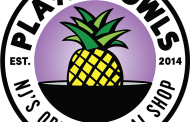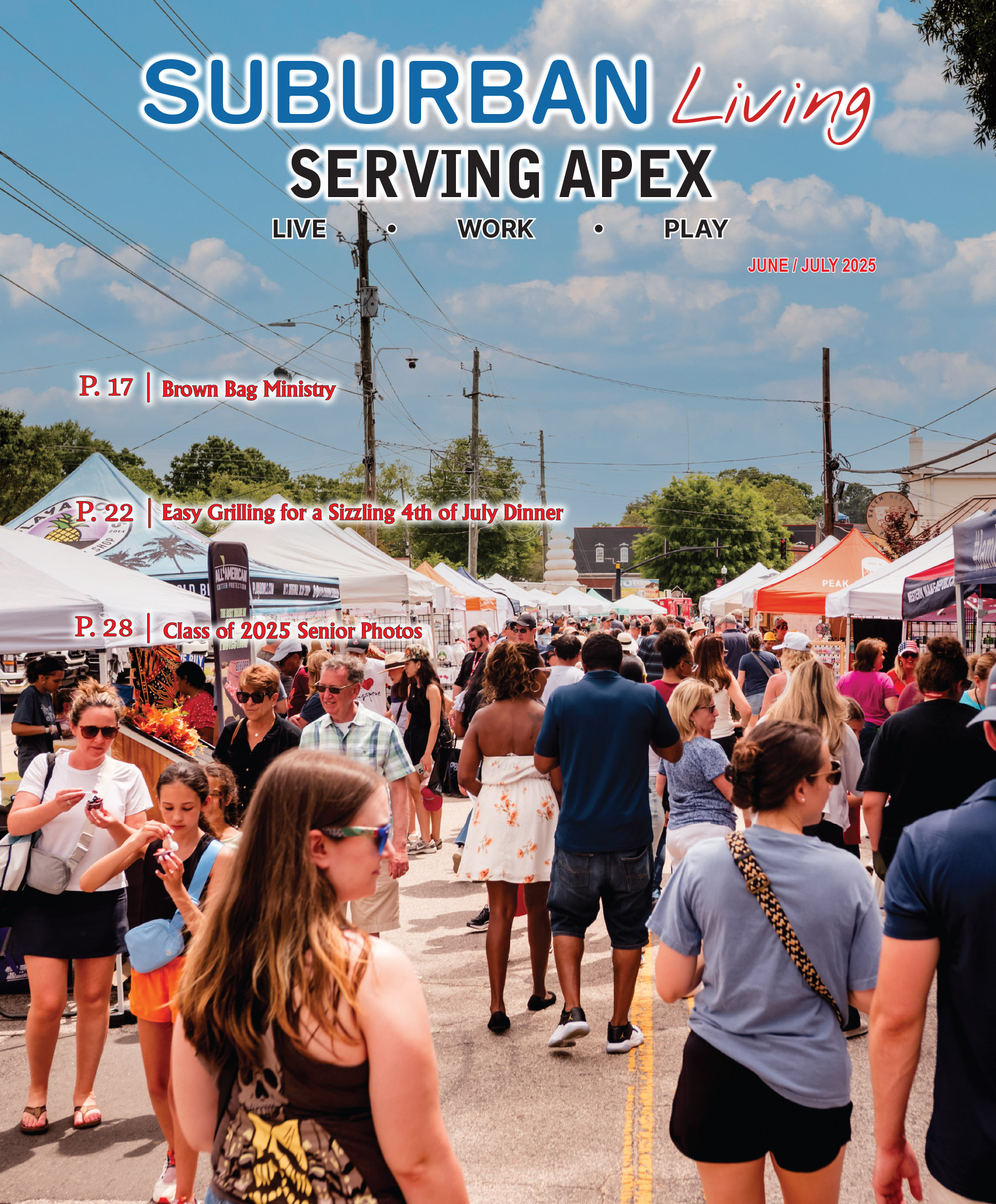The Apex Police Department’s Traffic Safety Unit, led by Apex Police Sergeant Matt Kutcher, has one important goal: saving lives.
The core program is called Vision Zero and it is designed to reduce and eliminate serious injuries and fatalities along our transportation network. The APD uses this as their model for traffic safety and at its core is data utilized by the APD to inform their multipronged approach, which is organic, ever evolving and anchored in both reactive and proactive actions/responses. In a similar way, the North Carolina Department of Transportation (NCDOT) uses data to inform where they place traffic lights, signage, etc.
Kutcher underscored how traffic safety is a shared responsibility across the entire police department. APD’s traffic safety unit is allocated nine dedicated officers and one supervisor. Kutcher meets with a crime analyst on a monthly basis when they review and compare the data to pinpoint collision hotspots. From there, they pivot and deploy officers to these locations to minimize and/or eliminate collisions and the severity of the same.
As part of the Town of Apex Vision Zero plan, Kutcher shared how the APD follows the “Five E” approach to traffic safety, which include:
Engagement
Education
Engineering
Enforcement
Evaluation
A high-level summary for each of these follows.
Engagement
To engage the community, the APD uses a variety of strategies in the interest of traffic safety.
Dynamic Messaging (e.g., “Booze It and Lose It,” “Don’t Text and Drive,” “Click It or Ticket”)
Radar Trailers/Boxes—citizen awareness
Traffic Safety Initiatives (e.g., used to address traffic safety violations like speeding, signal/stop sign violations, etc.)
“Choose Your Ride” program (police car/taxi cab hybrid)
DWI Simulator—Citizens can sample what it’s like to be impaired and drive a car using video technology.
Ask TSU—the Traffic Safety Unit (TSU) promotes and maintains an email address (asktsu@apexnc.org). This allows citizens to ask questions and interact with TSU staff via email.
Operation Safe Zone—community campaign to bring awareness to motorist driving through our school zones.
In addition, they frequently partner with the NC Governor’s Highway Safety Program (state-wide). There are a variety of different campaigns (and some overlap with those already mentioned) that are rolled out and sometimes repeated throughout the year. These typically include heavy community engagement, a strong and wide-spread social media presence, and an inherent enforcement component. As with all participating police departments across the state, the APD sends empirical data back to the state. Some of these familiar campaigns include:
Speed a Little/Lose a Lot
Work Zone Safety
Booze It & Lose It
Click It or Ticket
Enforcement
Traffic law enforcement not only impacts traffic safety efforts but also can result in other crime enforcement. As noted, there is an enforcement component to the partnered efforts with the NC Governor’s Highway Safety Program. Some selective enforcement techniques include:
RADAR/LIDAR stationary/moving patrols
High visibility/covert traffic saturation patrols
Checking stations (e.g. DWI, seatbelt, license)
Work zone monitoring
Directed patrols (e.g., APD deployed to known collision areas, as previously noted)
According to Kutcher, and as you might imagine, the roads in Apex that transport commuters to and from work and school (especially US-64, NC-55 and US-1) are prone to accidents due to speed and volume. In addition, the APD focuses on school zones to ensure pedestrian and bicycle safety. From there, secondary and tertiary roads and residential areas are patrolled based on data and need.
Education
Perhaps the single greatest proactive strategy to improve traffic safety is education. Knowledge is power and a well-educated community is better equipped to stay traffic safe. Towards this end, APD has partnered with the Wake County School System to teach their flagship program that is included as part of the Driver Education curriculum. This program was created by MADD (Mothers Against Drunk Driving) and is called “The Power of Youth.” Taught in all Apex high school driver ed classes, it is focused on educating new drivers to the dangers of drunk or impaired driving. Members of APD’s traffic safety unit are trained to teach this class which uses PPT and student interaction/participation.
Kutcher also highlighted several other education programs they utilize:
BikeSafe NC—program that invites motorcyclists to participate in rider skills sessions, rider assessments and provide recommendations to help make rider safety a priority
Child Passenger Safety Seat Program—partners with Safe Kids Coalition to promote child seat safety in an effort to improve car seat safety in our community
Operation Clear Track—program designed to bring awareness to motorists regarding safe railroad grade crossings
Watch for Me NC and Let’s Go NC—programs committed to pedestrians’ and bicyclists’ safety
Engineering
In a nutshell, engineering is the response or solution installed based on data. There are ongoing studies focused on Apex traffic related to roads, average speed, days of the week, time of day and so on. Using a systematic approach, the traffic safety unit works closely with the Town of Apex Transportation Department and examines areas that are prone to speeding, accidents, and congestion, among other factors. APD provides the collected data to engineers to determine a solution. Recommendations can run the gamut from adding speed bumps, crosswalks, stop sign(s), and traffic lights, to perhaps adjusting the speed limit, adding additional signage, or other fixes.
Evaluation
Lastly, there is an ongoing monthly evaluation of the APD’s traffic safety goals. Are the established goals being met? If not, what adjustments need to be made for both the short and long term? Using data as the basis, the evaluation protocol allows for adjustments, both small and large, to be made in a timely and targeted manner.
The Apex Traffic Safety Unit uses empirical data to inform its programs, strategies, and solutions. With Vision Zero their mission and the Five E approach their foundation, saving lives remains their one and only goal and the community is better for it.








